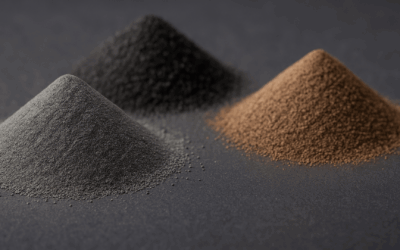Global trade group Additive Manufacturer Green Trade Association (AMGTA) has announced the preliminary results of a life-cycle analysis study titled “Comparative Life-Cycle Assessment: Comparison of Casting vs Binder Jetting for an Industrial Part.” The analysis highlights significant environmental benefits of using binder jetting over traditional metal casting techniques.
The AMGTA, which focuses on promoting sustainable additive manufacturing industry practices, commissioned the study. The LCA was conducted by the Yale School of the Environment (YSE) in partnership with industrial 3D printer manufacturer Desktop Metal. Trane Technologies, a US-based “climate innovator,” also collaborated as part of the project.
To determine the comparative environmental impact of binder jet 3D printing versus metal casting, the team analyzed the production of a steel scroll chiller in an HVAC system from Trane.
The preliminary results showed a 38% reduction in greenhouse gas (GHG) emissions through the binder jetting process. This reduction was primarily driven by reduced energy demand during the production phase.
Read more here.




